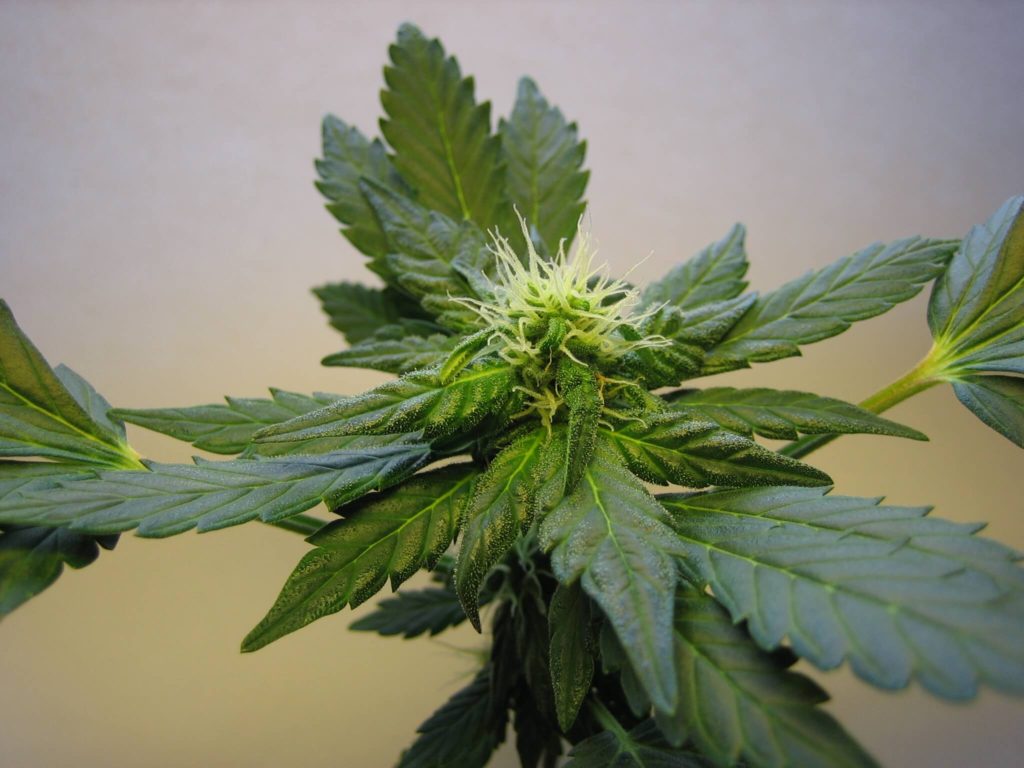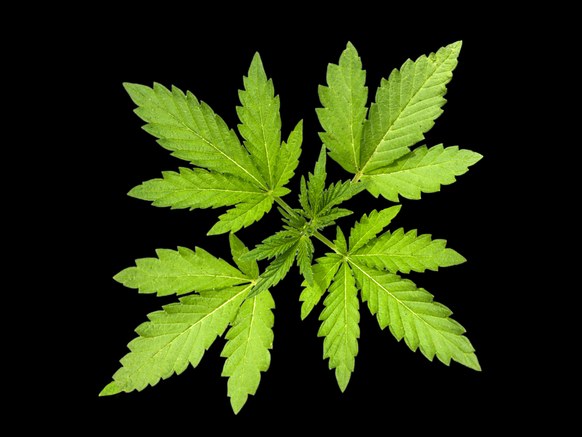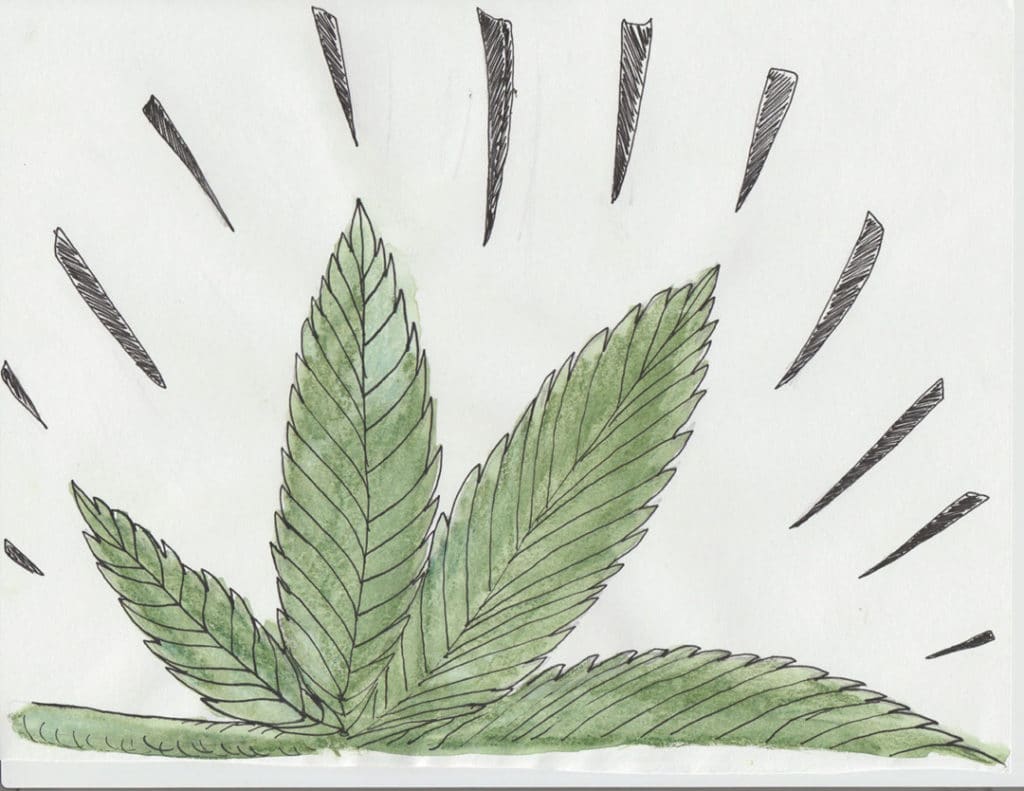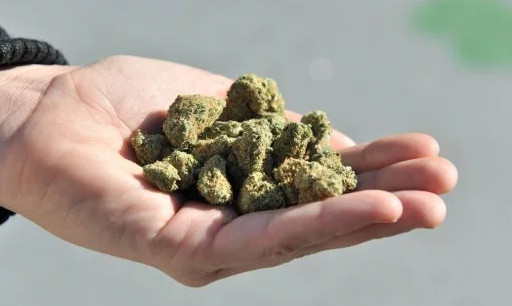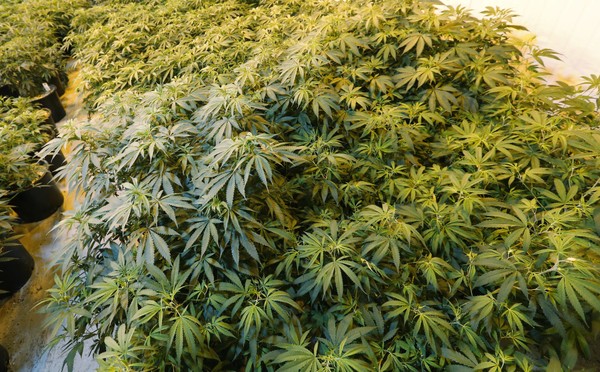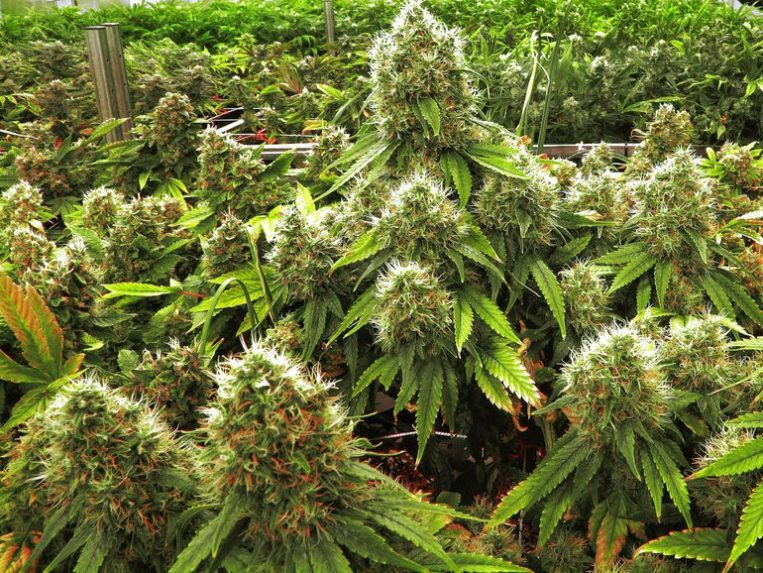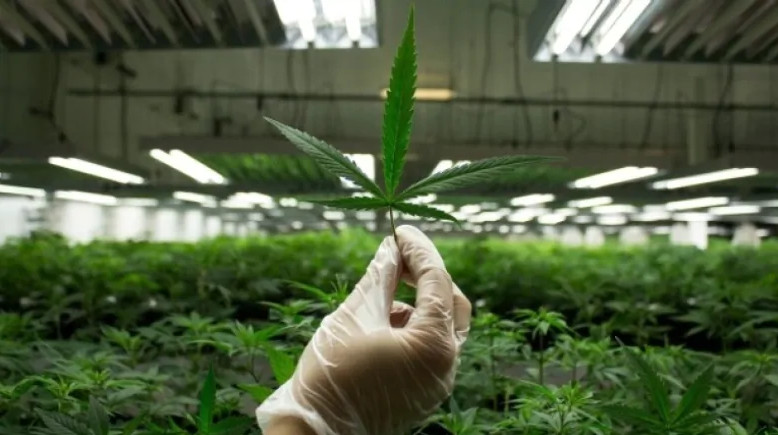The cultivation, possession, sale, transportation, and use of cannabis are not legal under the United States’ federal law. Nonetheless, the government has enunciated that if any state enacts a law to decriminalize marijuana for a medical or recreational purpose, they can do so as long as a condition for cannabis regulation is in place. Under the 1970 Controlled Substance Act, marijuana is named as a Schedule I product, the highest ranking under the legislation. This classification is part of the reason why cannabis is prohibited at the federal level. According to the DEA (Drug Enforcement Administration), a Schedule I substance is one that has a potential of being highly abused by its users and lacks medical uses.
In 2006, marijuana farmers in America grew 22.3 million pounds of cannabis with a monetary value of $35.8 billion. These numbers, which include substances seized by law enforcers, include 56.4 million cannabis plants grown outdoors and 11.7 million plants grown indoors. The substances were valued at $31.7 and $4.1 billion respectively. Five states (Washington, Hawaii, Kentucky, Tennessee, and California) had marijuana plants valued over $1 billion. The top 10 outdoor marijuana producers in their order included California, Tennessee, Kentucky, Hawaii, North Carolina, Washington, Alabama, West Virginia, Georgia, and Arkansas. The top ten indoor marijuana producers included California, Washington, Florida, Oregon, Texas, Alaska, Indiana, Michigan, Kentucky, and Ohio.
In the United States, most cannabis is cultivated and produced for in-state and local use. In 9 states, the fraction of all marijuana production is higher than the state’s share of annual pot users. For instance, according to a study by the National Survey on Drug Use and Heath, California contains 13.25 percent of annual marijuana consumers in the U.S., but also accounts for over 38 percent of cannabis produced in the U.S., a consumption ratio of 2.92. In this regard, one can consider California as an export state that produces marijuana for both export and in states use. Other states that fit the criteria of marijuana exporters include Kentucky, Hawaii, Tennessee, Arkansas, West Virginia, Washington, Alabama, and barely, Alaska.
There are circumstances when individual states do not conform to the regulations given by the federal state. The state-level proposals for cannabis rescheduling have been met with mixed feelings. Currently, growing cannabis for medicinal and recreational purposes has been legalized in various states including Colorado, Oregon, Alaska, and Washington. Cities such as South Portland and Michigan have legalized the use of cannabis for recreational and medical use. The District of Columbia has legalized medical and recreational marijuana, but the Congress has blocked the sale of cannabis for recreational purpose. Medical marijuana laws, as well as decriminalization laws, are included in twelve states. Ten states, Puerto Rico, and Guam have only legalized the use of marijuana for medical use. Three states, including the U.S. Virgin Islands, have decriminalized the laws of possession. The remaining 22 states and two inhabited territories say that the growth, possession, and sale of cannabis are prohibited and illegal.


